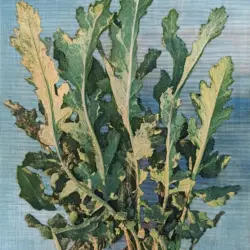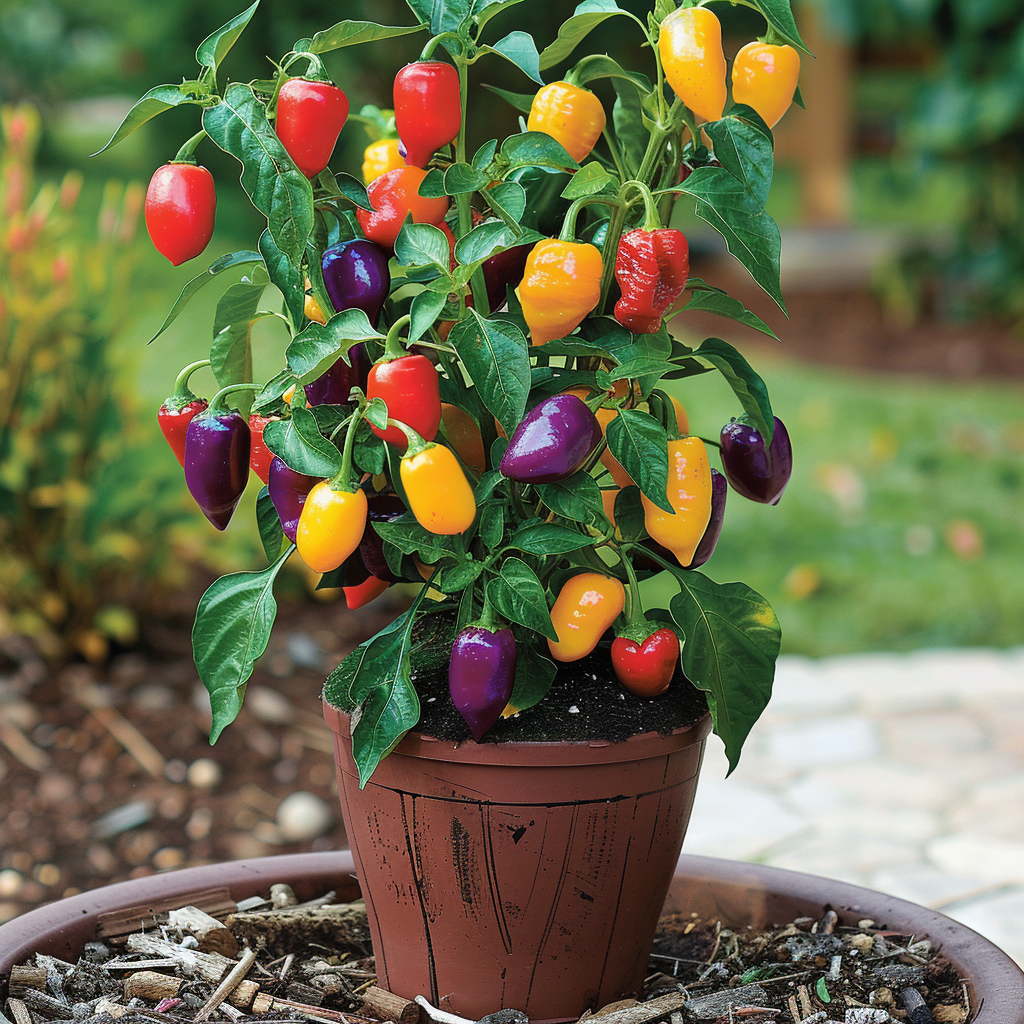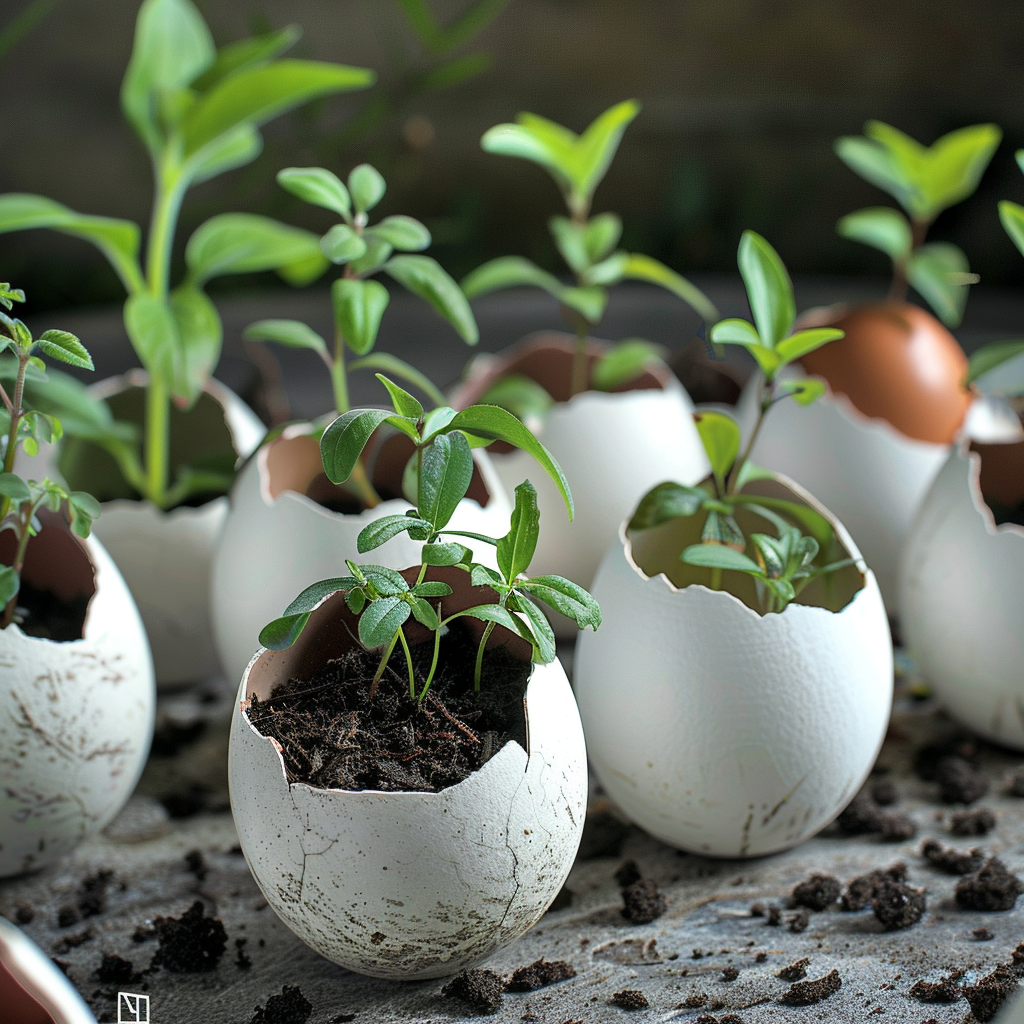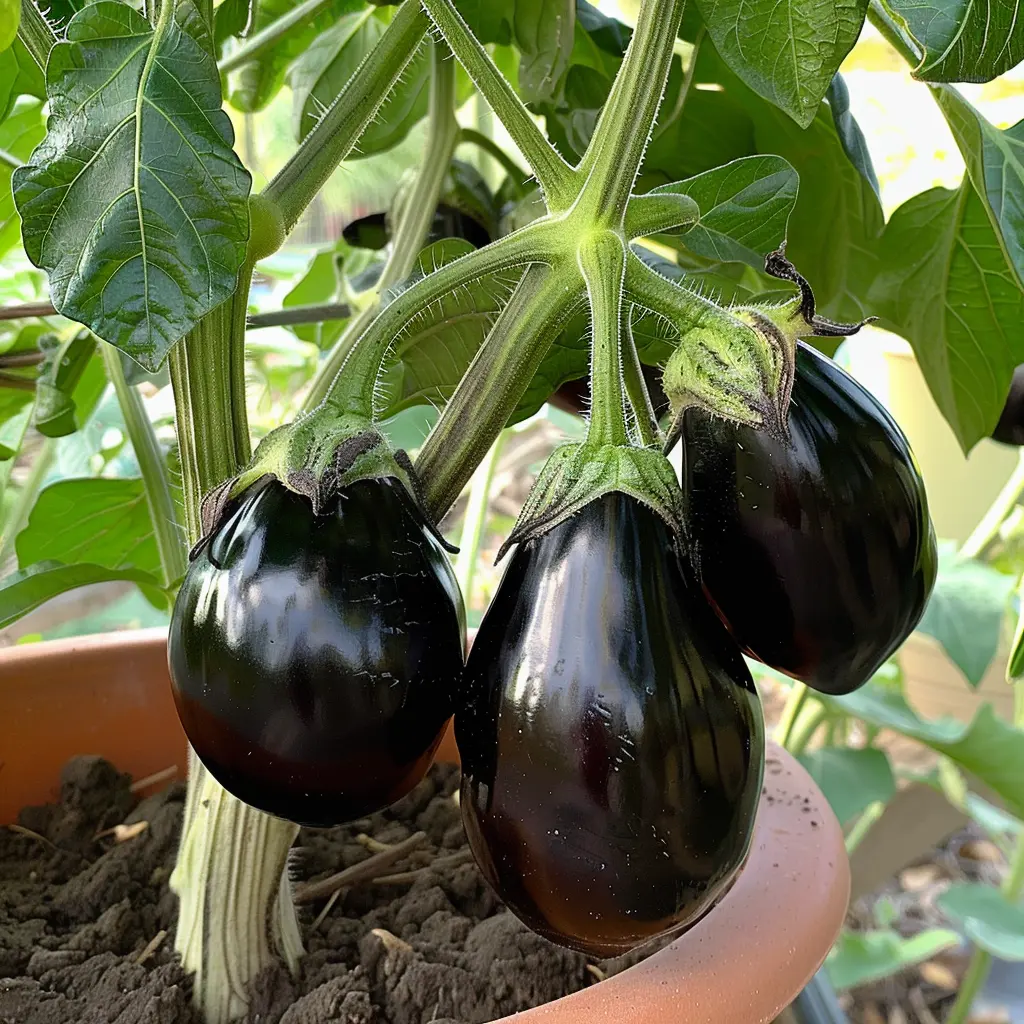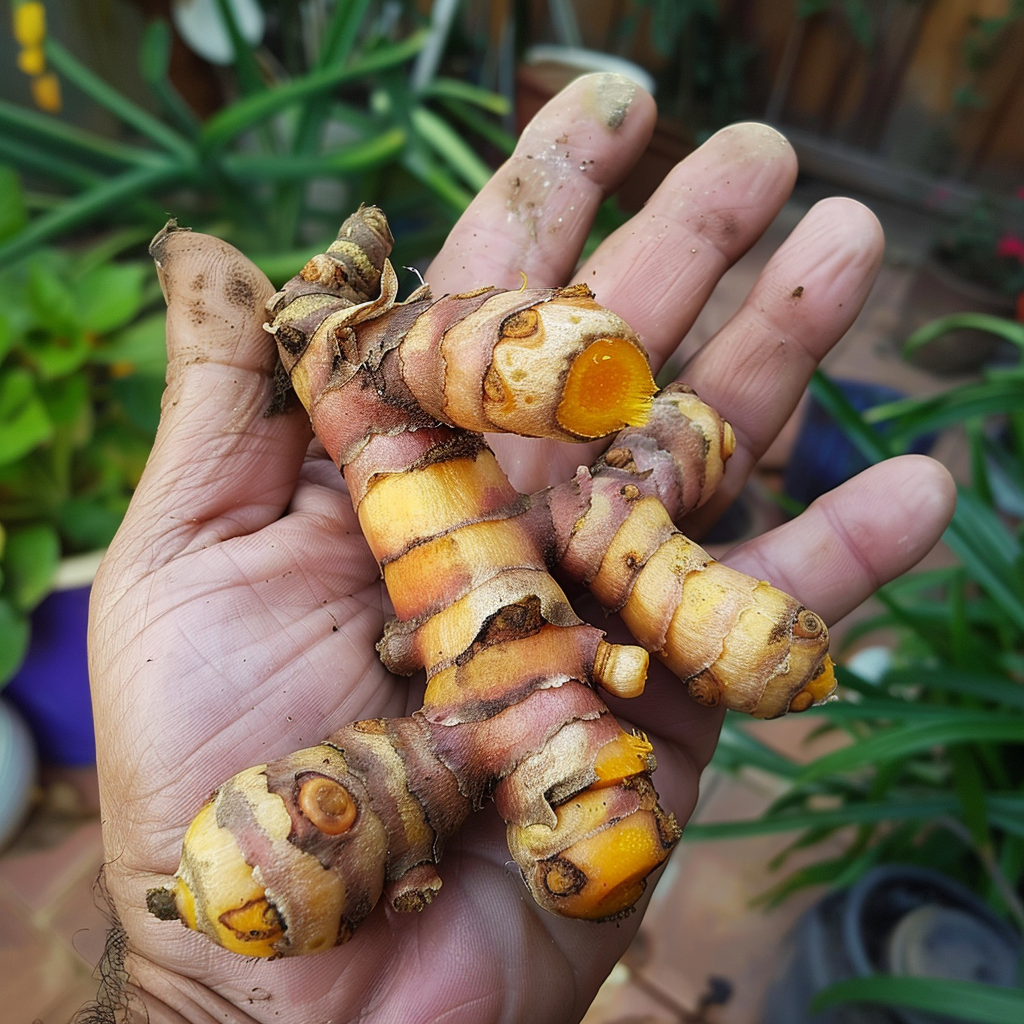Pruning is an essential gardening skill for maintaining attractive and productive trees and shrubs. By understanding proper timing and techniques, you can promote lush growth, abundant blooms, and bountiful harvests. This comprehensive guide covers everything you need to know about strategic pruning.
Pick the Perfect Time
Spring: Prepare for Growth
For many deciduous trees and shrubs, early spring before bud break is ideal. Pruning stimulates new growth, so make cuts just as plants exit dormancy. However, delay pruning spring-blooming plants like forsythia and flowering fruit trees until just after blooming to preserve flower buds.
Summer: Tame Unruly Growth
In summer, plants are full and overgrowth is clearly visible. Thinning at this time slows regrowth. But cease pruning at least one month before first fall frost to limit risk of damage to tender new cuts.
Understand Evergreen Needs
Broadleaf evergreens and conifers also have dormant periods in winter. Review specific species to determine whether they bloom on old or new wood, and time pruning accordingly. Shearing conifers is rarely needed beyond their first years.
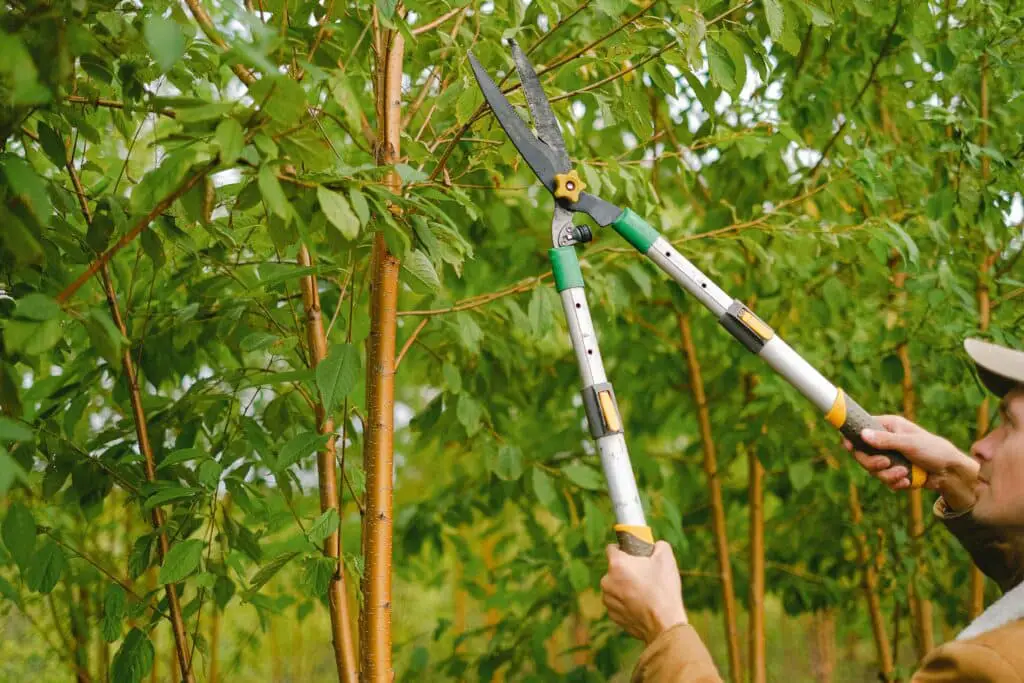
Master Proper Cutting Techniques
Locate Key Growth Buds
Learn to identify different growth buds before picking up the pruners. This allows strategic cuts to encourage desired shape and growth:
- Terminal buds: Tip of shoots; promote vertical growth
- Lateral buds: Along shoots; stimulate bushy fill-out
- Latent buds: Below bark; activate new shoots
Make Clean Cuts
Angle pruning cuts just above buds, with lowest point even with bud tip to avoid damage. When removing large branches, make three cuts to prevent tearing:
- Cut halfway from below
- Cut remaining top section
- Final cut outside branch collar
Choose From 4 Pruning Cuts
Each type of cut serves a unique purpose:
- Pinching: Remove terminal buds for bushy growth
- Heading: Cut lateral shoots back to just above a bud
- Thinning: Remove entire shoots to the base
- Shearing: Clip surface growth for formal shaping
Know When to Call a Pro
Contact an ISA-certified arborist if you spot:
- Hollow/decaying wood
- Peeling bark
- Raised soil around base
- Girdling roots
They have specialized skills to promote tree health.
Stock Up on Essential Gear
Having quality tools suitable for each pruning task makes jobs much easier:
- Hand shears: Up to 1⁄4-inch stems
- Loppers: Up to 11⁄2-inch branches
- Pruning saws: Over 11⁄2 inches
- Pole pruners: High and hard-to-reach spots
- Hedge shears: Sculpting shrubs
Follow these pruning guidelines and you’ll help your landscape thrive for years to come. Let those beauty buds blossom!

